FIERSTINE, Harry L. & Friedrich H. PFEIL:
†Xiphiorhynchoides haeringensis, a new genus and species of Billfish (Perciformes: Xiphioidei: Xiphiidae: †Xiphiorhynchinae) from Bad Häring, Tyrol, Austria, Lower Oligocene (NP 22)
38 Seiten, 29 Abbildungen, 3 Tabellen
FIERSTINE, Harry L. & Robert E. WEEMS:
Paleontology of the Oligocene Ashley and Chandler Bridge Formations of South Carolina, 4: Analysis and New Records of Billfishes (Perciformes: Xiphioidei)
46 Seiten, 29 Abbildungen, 17 Tabellen
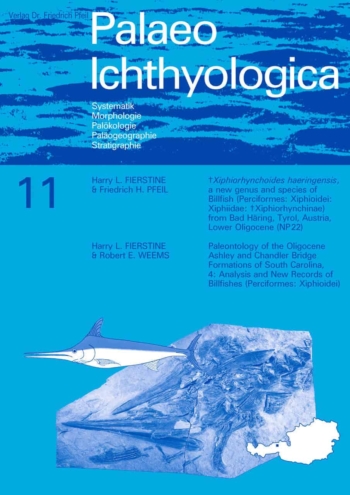
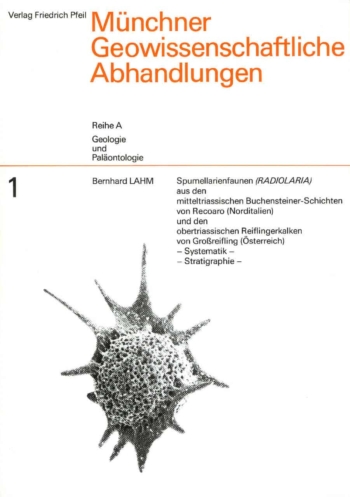
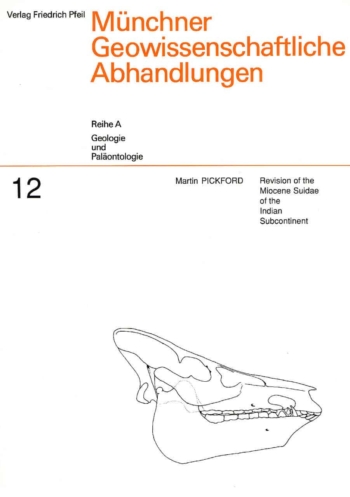
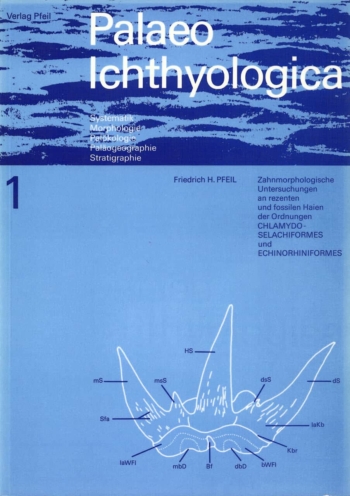
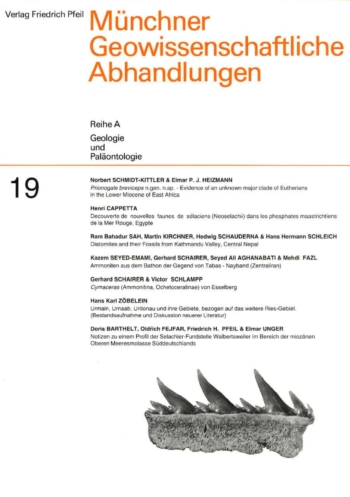
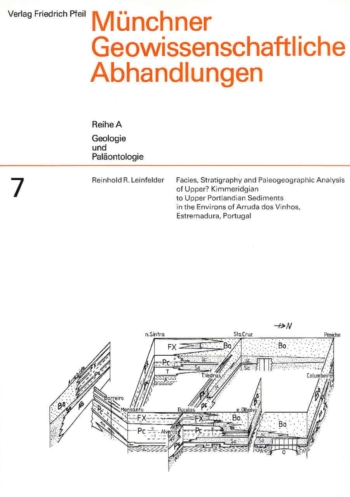
Bewertungen
Es gibt noch keine Bewertungen.